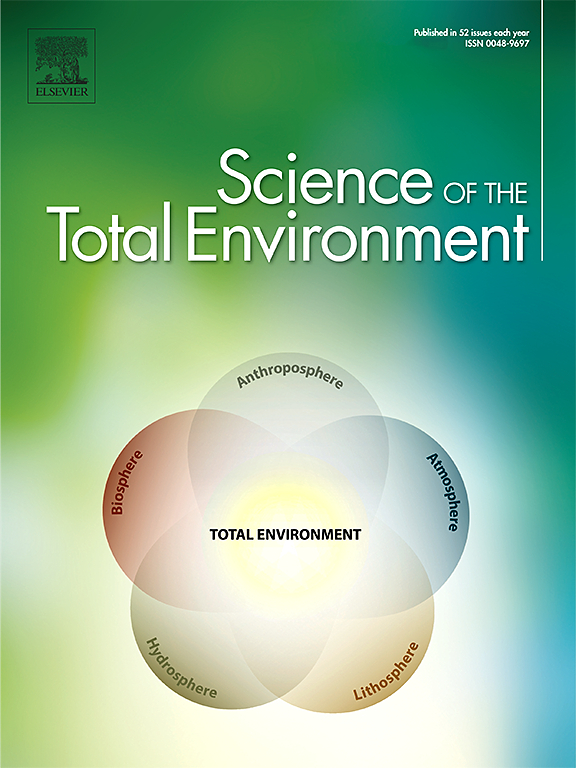Pesticides of natural origin as safer alternatives to synthetic pesticides: Identification of hinokitiol, tebuconazole and 2,4-D metabolites and evaluation of their impact on cereals
IF 8.2
1区 环境科学与生态学
Q1 ENVIRONMENTAL SCIENCES
引用次数: 0
Abstract
The persistence of synthetic pesticides in ecosystems and the accumulation of their metabolites, which may have unknown toxicological properties, pose significant ecological and health risks. These compounds disrupt key plant metabolic pathways, affecting the synthesis of amino acids, secondary metabolites, and phytohormones, ultimately influencing plant growth, development, and food quality. Natural allelochemical compounds, such as hinokitiol (β-thujaplicin), present promising alternatives due to their biopesticidal properties and lower environmental persistence. This study, for the first time, verifies the hypothesis that pesticides of natural origin are metabolized more rapidly and cause less disruption to plant metabolism compared to synthetic pesticides, thereby reducing ecological and health risks. This study evaluated the metabolic effects of applying hinokitiol, and synthetic pesticides, 2,4-dichlorophenoxyacetic acid and tebuconazole (1-(4-chlorophenyl)-4,4-dimethyl-3-(1H-1,2,4-triazol-1-ylmethyl)pentan-3-ol), to wheat and barley under controlled conditions. A metabolic fingerprinting liquid chromatography–mass spectrometry (LC-MS)/MS approach was applied to comprehensively assess the global metabolic response of the plants to both natural and synthetic pesticides. High-resolution LC-Full-MS/ddMS2 was employed to identify pesticide metabolites and track their degradation kinetics over a four-week period. This study evaluated the influence of biopesticides on the biosynthesis of amino acids, L-phenylalanine, L-tyrosine, and L-tryptophan, in treated plants. Hinokitiol induced modest changes in biogenic amine profiles (up to 50 % alterations), in contrast to the significant modifications observed with tebuconazole, which led to changes up to 270 % relative to the blank control. This research highlights a breakthrough in sustainable crop protection by demonstrating the lower ecological footprint and metabolic impact of natural pesticides compared to synthetic ones.

求助全文
约1分钟内获得全文
求助全文
来源期刊

Science of the Total Environment
环境科学-环境科学
CiteScore
17.60
自引率
10.20%
发文量
8726
审稿时长
2.4 months
期刊介绍:
The Science of the Total Environment is an international journal dedicated to scientific research on the environment and its interaction with humanity. It covers a wide range of disciplines and seeks to publish innovative, hypothesis-driven, and impactful research that explores the entire environment, including the atmosphere, lithosphere, hydrosphere, biosphere, and anthroposphere.
The journal's updated Aims & Scope emphasizes the importance of interdisciplinary environmental research with broad impact. Priority is given to studies that advance fundamental understanding and explore the interconnectedness of multiple environmental spheres. Field studies are preferred, while laboratory experiments must demonstrate significant methodological advancements or mechanistic insights with direct relevance to the environment.
 求助内容:
求助内容: 应助结果提醒方式:
应助结果提醒方式:


